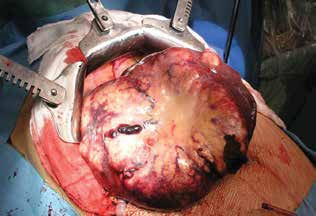Abstract
Introduction: Resection of colorectal liver metastases (CLM) is the only radical treatment. Nevertheless, radical liver surgery for CLM is possible in about 30% of patients with 40–50% five year overall survival. The results of liver surgery depend on various factors including the extent of CLM, characteristics of the primary colorectal carcinoma, exact preoperative diagnosis and optimal timing of the surgery by a multidisciplinary team. The aim of this review is to summarize the current possibilities of liver surgery and to point out the possibilities of increasing resectability of primary non-resectable CLM.
Methods: The definition of CLM resectability and the possibilities of perioperative oncological treatment in primary and potentially resectable CLM are discussed based on our long-term experience and experience published in the literature. The methods of increasing resectability of primary non-resectable CLM, liver first and simultaneous resections, liver transplantation, ultrasound-guided enhanced one-stage hepatectomy, resections of extrahepatic metastases, tumour recurrence after liver surgery, palliative thermoablation and embolization methods are also discussed. The author defines the predictive factors of liver surgery and underlines the importance of thorough follow-up of patients after liver surgery for CLM.
Conclusion: Currently, liver surgery is the main treatment option of CLM. Although the procedure is associated with many limits, these limits can be influenced by the strategy and tactics of the diagnostic process and treatment methods as determined by the multidisciplinary team.

